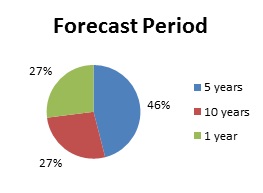Just before 2013 begins, we recall the most popular posts of 2012, which shed light on creativity and innovation, the economy and the crisis. These 5 posts attracted the most views from February to December 2012 (as we started blogging on this platform in February). If you missed these articles the first time around, now is your time to see why our readers found these pieces so compelling.
The fifth most viewed post was Types of Innovation and Economic Growth posted in November 2012. This post discussed the different ways in which innovation can lead to economic growth, based on an article published by Clay Christensen in the NYT.
Number 4 was Bad loans, ECB intervention and competitive advantages which addressed the problems of the portuguese financial situation regarding bad loans. We argue that the bad loans problem will be solved once the innovation challenge is properly addressed.
Portugal’s austerity measures and the impact on business innovation , a post about the lack of impact of the announced austerity measures on business innovation, was number 3 in terms of readership. This post was published on 20 September, after the Portuguese prime minister’s announcement (on 7 September) of the Government’s intention to change the rates of social security contributions. This announcement sparked a political crisis, which culminated in large-scale demonstrations.
The second place goes to Stop obsessing about the next black swan and innovate which addresses the themes of business innovation and financial modeling.
The top post of 2012 is Innovation and Portuguese film production from January, which describes the problems and barriers met in film production in Portugal, which stifle innovation in this industry.
Due to the nature of blogging, these statistics are not 100% relevant, since posts published in early 2012 attract more viewers as time passes. The most viewed post has been online for nearly 12 months, but it is likely for instance that “Types of innovation and economic growth” (published in November) will attract more readers when compared on a like-for-like basis.
This was a year of change, during which we commented on some of the major political and business developments and tried to put forward actual examples of good practices. It was a pleasure to interact with our readers and we hope we can continue to count on you in 2013. Have a great year!

